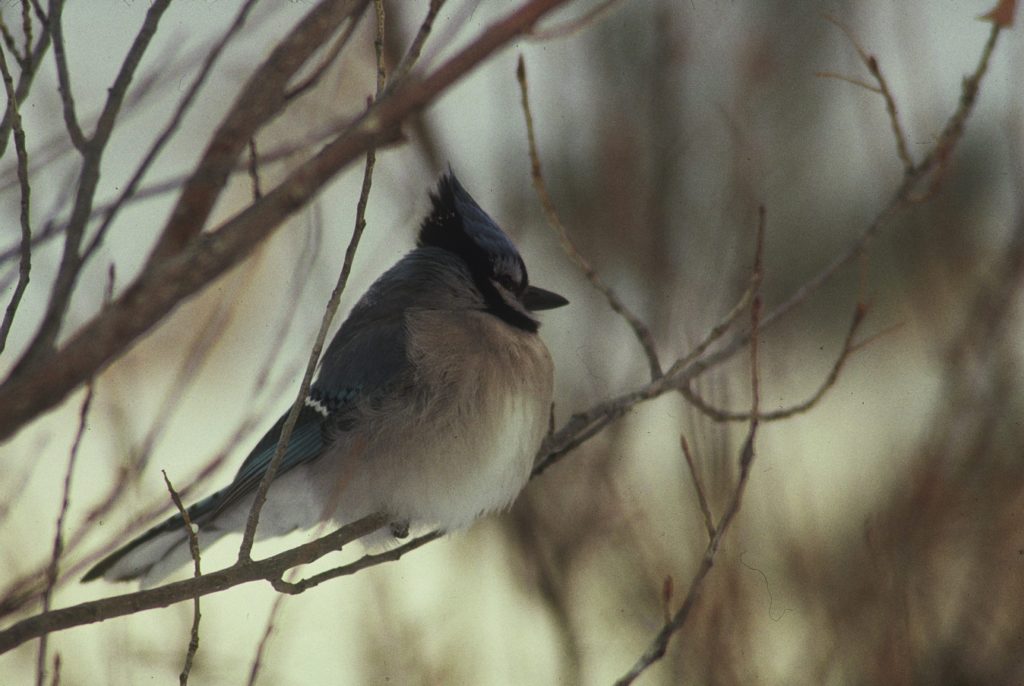

The Great Backyard Bird Count is underway Feb. 18 through Feb. 21, and participants don’t have to be expert ornithologists to participate.
In fact, they don’t even have to be expert birders.
Even if one’s interest is merely as a casual observer, it’s still easy to participate – especially because it’s the 25th anniversary for the Annual Great Backyard Bird Count (GBBC).
Even if one doesn’t have 15 minutes to spare every day of the count, any number of days are better than nothing.
Rules are simple and it’s easy to participate:
*First, new Great Backyard Bird Count participants can download the free Merlin Bird ID app and submit entries. Past participants can enter their data on their eBird mobile app or eBird website. Information on using Merlin Bird ID or eBird is on the GBBC website, (www.birdcount.org).
*Grab a pair of binoculars, watch birds for 15 minutes (or as long as you can), noting the species and number observed. It can be from an office or apartment window, school, workplace, or while strolling through a park, for example. If it’s a bit chilly outside and a stroll in the great outdoors isn’t on the menu, simply sit in the parking lot.
*Map your location and enter your information.
The GBBC is one of several citizen science based programs through the Cornell Laboratory of Ornithology. It’s in conjunction with the National Audubon Society and Birds Canada and enjoys worldwide participation.
Admittedly, North Dakota isn’t a birding hotspot in the dead of winter. Both North Dakota and South Dakota had less than 1,000 participants each in 2021. Regardless of the number, though, it’s still important information and a fun winter activity.
Plus, it’s intriguing to see what is in the state this time of year. Some northern species filter down from the Arctic and Canada, wintering in the state while others gut it out and spend their entire lifetime in the Peace Garden State.
For example, snowy owls just might make a person’s list given the fact they will, at times, venture this far south in the winter. Look for them atop utility poles, fence posts, or bare deciduous trees taking advantage of their lofty perch to identify a potential, unsuspecting meal. They’re not overly common in the winter and can be a treat to see for even veteran birders.
Some potential areas to visit include Upper Souris National Wildlife Refuge northwest of Minot where wintering grassland species could be observed or Minot’s Oak Park. Look for woodland species there.
The horned lark is a fun, winter bird flitting around in the state.
Novice participants don’t have to go it alone if they’re uncomfortable with their bird identification skills. In addition to the Merlin Bird ID app check out Audubon Birds app or the website, (allaboutbirds.org/guide), for example.
On top of that, there is a free webinar Feb. 16 at 1 p.m. CST to help beginning birders. Just go to the GBBC website, (www.birdcount.org) and scroll down the home page to register.
The Cornell Lab of Ornithology has an array of citizen-based programs designed to involve people in the world of birds while helping collect scientific data at the grassroots level, including Project FeederWatch, NestWatch, YardMap, or the Christmas Bird Counts. Details are available on their website, (www.birds.cornell.edu).
Ornithologists use information gathered during any of the citizen science programs. The Great Backyard Bird Count helps develop a “big picture” trend of overall bird populations – the more years data is collected, the more information is available to determine trends.
In turn, that helps determine how weather plays a role in bird populations, movement, and migration patterns.
It also helps quantify the potential role of diseases such as West Nile Virus, which hit crows especially hard, or avian conjunctivitis. It can also help identify what kinds of differences in bird diversity are apparent in cities versus suburban, rural, or natural areas.
Besides, it’s intriguing to see what feathered friends are out and about on a typical frozen North Dakota February day.
A person might be surprised at what they find – it just might be busier than one anticipates.
Reprinted courtesy of The Northern Sentry.